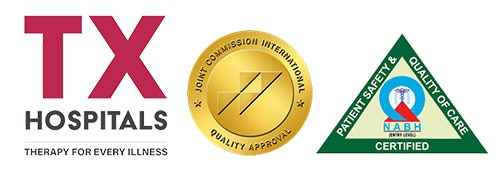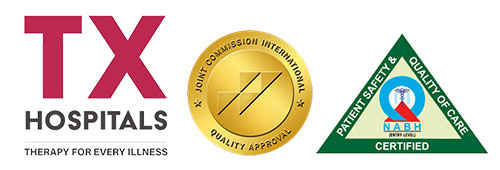What is Embolization of Brain Aneurysms and Fistulas?
Embolization of brain aneurysms and arteriovenous malformations (AVM)/fistulas is a minimally invasive treatment for aneurysms and other blood vessel malformations that occur in the brain. These problems are typically identified in adults; however, aneurysms and AVMs can also occur in children.
An aneurysm is a bulge or sac that develops in an artery because the wall of the vessel is weak. A bulging aneurysm in the brain may compress surrounding nerves and brain tissue resulting in nerve paralysis, headache, neck and upper back pain as well as nausea and vomiting. If an aneurysm in the brain ruptures, causing an opening in the artery wall, the resulting bleeding in the head may cause a stroke or death.
An AVM is an abnormal connection or passageway between the arteries and veins. AVMs may prevent oxygenated blood from completely circulating throughout the brain, causing symptoms including, but not limited to: unusual sound in one ear (pulsating or humming) neurological symptoms increased pressure in the eye (glaucoma) double vision pain/headache.
In embolization procedures, physicians use image guidance to place small, soft metal coils within the aneurysm, where it helps block the flow of blood and prevent rupture of the aneurysm. A stent may be used to help keep the coils inside a wide neck aneurysm. A special stent called a flow diverter may be used with or without coils to direct the flow of blood away from the aneurysm and cause it to clot and heal. Stents and flow diverters require patients to take blood thinners (such as aspirin, Plavix, etc.). Similarly, physicians use image guidance to fill AVMs with liquid embolic agents (similar to fast-sealing glue), thereby treating the presenting symptoms, and preventing new ones.







